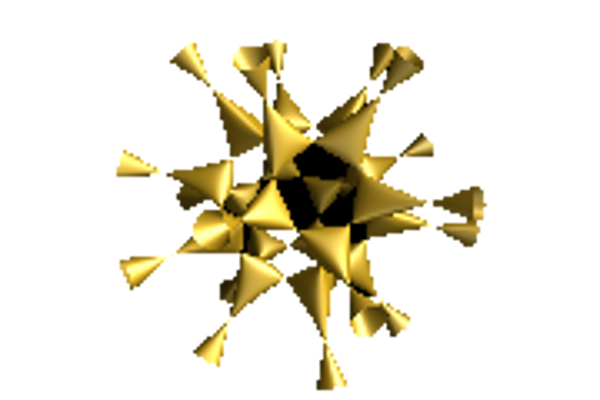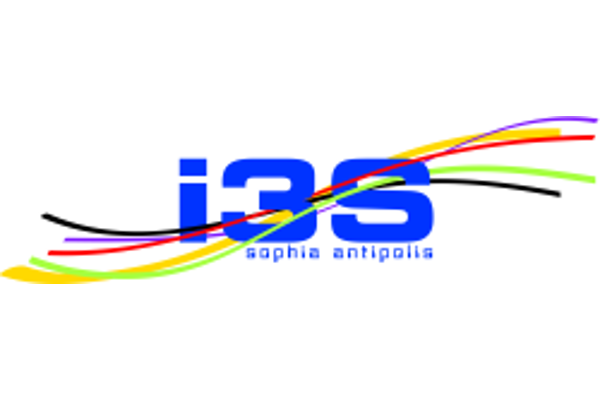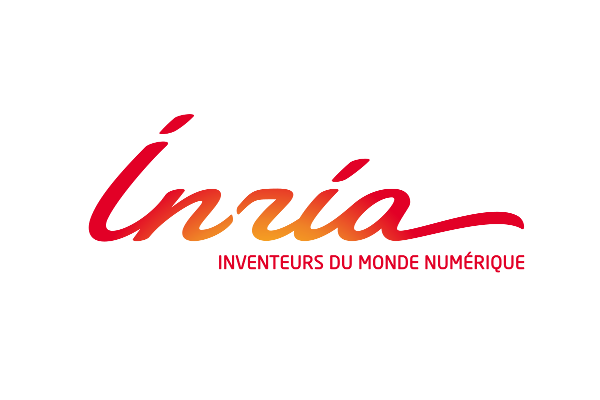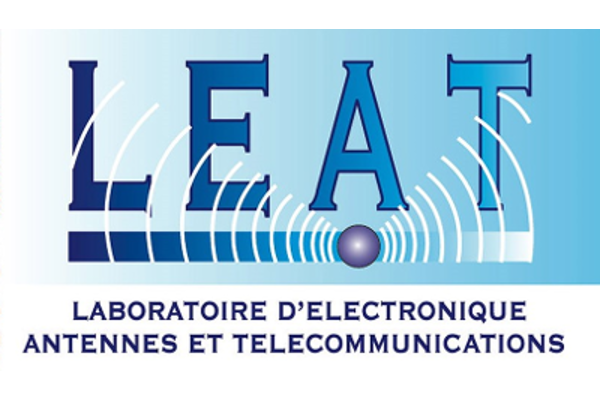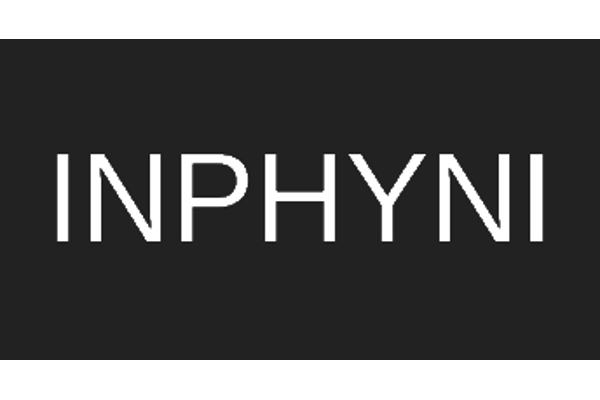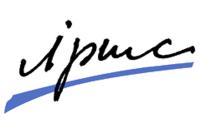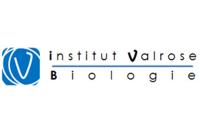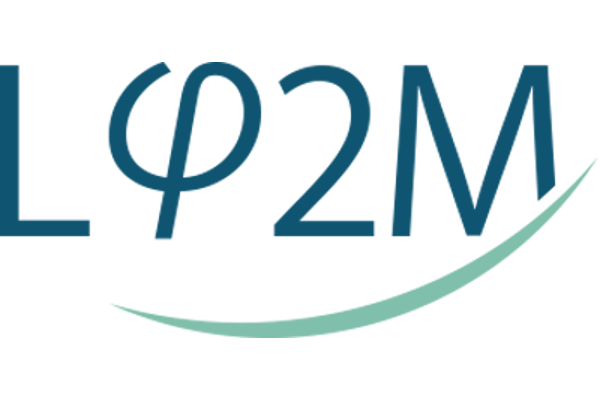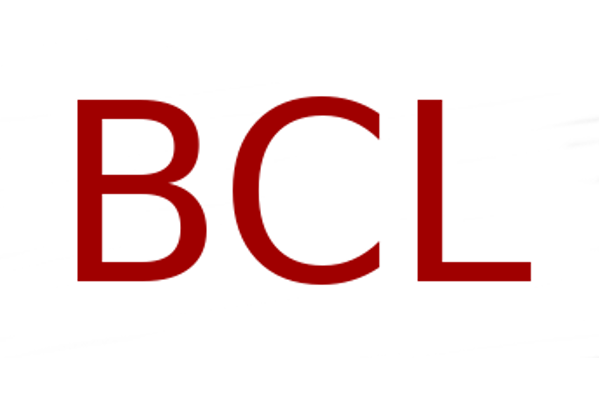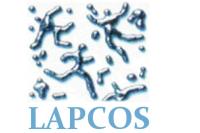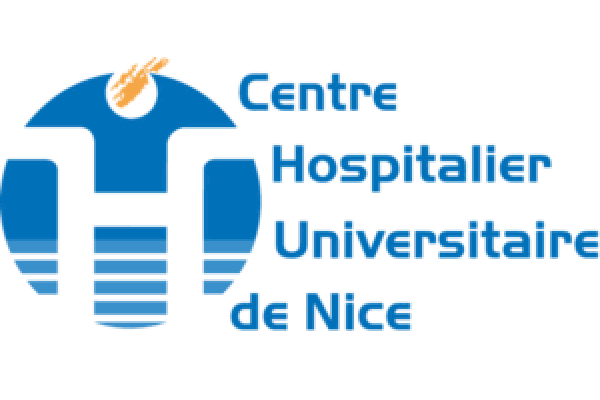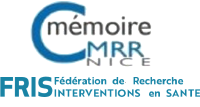NeuroMod Institute
The MSc Mod4NeuCog is part of the NeuroMod Institute, first interdiscplinary Institute at Université Côte d'Azur devoted to modeling in neuroscience and cognition. It groups more then 250 researchers in France and abroad, and has strong ties with 16 different laboratories and research entities locally. This directly leads our students to a large network of actors in their possible fields of interest.
NeuroMod website
Partner Laboratories at Université Côte d'Azur - a rich ecosystem
- Modeling
-
Logo LJAD J.A. Dieudonné laboratory
This mathematics research laboratory is a Joint Research Unit - UMR No. 7351 - attached to the National Center for Scientific Research (CNRS) and the University of Nice Sophia Antipolis (UNS). The laboratory brings together 137 researchers and faculty researchers, 15 administrative staff members and research assistant engineers and 71 doctoral and post-doctoral fellows. The laboratory is organized into 6 teams with specific expertise in modeling (PDEs, probabilities, dynamic systems, topology) and statistics applied to neuroscience. It also includes a neurophysiologist who works (among other things) on collecting cortex slice data using multielectrode array technology.logo i3s I3S Laboratory
The I3S laboratory is one of the most important research laboratories of the Côte d'Azur in the field of information and communication sciences, and was one of the first installed on the Sophia Antipolis technology site. Its staff of over 300 people includes some 100 faculty researchers mainly from 3 components of the University: Polytech Nice Sophia (the engineering school of UCA), the Faculty of Sciences and the IUT. The laboratory also houses 20 CNRS researchers and 13 Inria researchers, as well as some 20 technical and administrative staff members. Nearly 90 doctoral fellows, a dozen postdoc fellows, 60 master's or engineering school students complete the workforce.The I3S has expertise in data mining, deep learning, modeling by discrete systems, and simulation of neural network. The I3S Modeling Simulation and Neurocognition team straddles the I3S and the LJAD laboratories and shares a research engineer in scientific computing.logo inria Inria
Inria is a national research institute dedicated to digital sciences that employs 2,600 people to meet the challenges of computer science and mathematics. Inria is organized into "project teams" that bring together researchers with complementary skills around a focused scientific project. Members of INRIA are specialized in modeling, data acquisition and processing (in particular EEG, MRI), and IT solutions (in particular the CobTeK team with the Memory Center).logo leat LEAT
The Laboratory of Electronics, Antennas and Telecommunications (LEAT) is a Joint Unit of the University of Nice Sophia Antipolis (a component of the Université Côte d'Azur) and the CNRS (UMR No. 7248). Its scientific work focuses on two main fields: the first concerns antennas, electromagnetism and microwaves and the second includes communicating objects, optimization of wireless networks, embedded systems and systems on Chip (SoC). The LEAT has 69 members, 31 permanent and 38 non-permanent (doctoral, post-doctoral fellows, etc.). One of the research areas where LEAT is specialized, is the design of neuromorphic maps.logo inphyni InPhyNi
The Physics Institute of Nice is a new institute concentrating on fundamental physics and innovation. The activities of InPhyNi are divided into three main fields, Waves and Quantum Physics, Photonics, and Nonlinear Physics, Complex Fluids and Biophysics. It specializes more particularly in nonlinear optics / laser physics, which can be used as a complementary solution for the hardware implementation of neural networks, as compared with neuromorphic cards. - Biology
-
logo ipmc IPMC
The Institute of Molecular and Cellular Pharmacology is a multi-thematic research center in biology, associating the National Center for Scientific Research (CNRS) and the University of Nice Sophia Antipolis (UNS) and located in an exceptional environment (University Hospital, University, University of Applied Sciences, engineering school, INRIA, INRA, 1,400 companies, 5,000 students and researchers). The 20 world-class research teams benefit from state-of-the-art equipment and a high level of expertise in molecular and cellular biology, imaging, cytometry, biomolecule analysis, electrophysiology, functional genomics and integrative biology. The IPMC specializes in the treatment of migraine and Alzheimer's disease by studying the functioning of ion channels.logo IBV IBV
The Institute of Biology Valrose (iBV) in Nice is an international research center funded by the CNRS, INSERM, University of Nice Sophia Antipolis, Regional Cancer Research Center and EU. The focus of the Institute is to understand the basic principles governing the development of normal cells, tissues and embryos and those leading to pathogenesis and cancer. We bring together research teams with complementary areas of expertise and a common interest in translating basic research into knowledge applied in the hospital. Some of the IBV members are more particularly specialized in the cortical development.logo lp2m LP2M
The projects of the Laboratory of Molecular PhysioMedecine focus on renal, vascular, muscular, neurosensory and bone physiology as well as inflammation and cancer. The LP2M studies the mechanisms of oxidative stress and its protection, the causes and effects of inflammation, the regulation of intracellular pH and the regulation of membrane potential. One of the main research topics of the LP2M is the study of membrane potentials. The laboratory also specializes in neurosensory physiology. - Cognition
-
logo BCL BCL
The Laboratory of Linguistics and Psycholinguistics is under the dual supervision of the CNRS and the University of Nice Sophia Antipolis, and has close to one hundred members: researchers, faculty researchers, associates, engineers, technicians, doctoral fellows and administrative staff. The field of study of BCL is language, from its cognitive architecture to its most concrete discursive or textual practices. It conducts multidisciplinary studies specific to cognitive sciences, at the crossroads of linguistics, psycholinguistics, cognitive psychology and neuroscience. Language and its characteristics are the basis for studying its functioning but also for studying the memory system and probabilistic processes of anticipation and prediction, fundamental to understanding and modeling the functioning of the neurocognitive system.logo lapcos LAPCOS
This interdisciplinary laboratory spans several disciplines: anthropology, social psychology, clinical, occupational psychology, neuropsychology, sociology, human movement sciences (STAPS), educational sciences and psychology, art history. LAPCOS carries out research activities in the fields of neuropsychology and developmental psychology.logo gredeg GREDEG
GREDEG is a research laboratory in Law, Economics and Management. Its 93 researchers and faculty researchers conduct theoretical and applied research in seven core projects with a multidisciplinary focus. One of its research programs focuses more particularly on the experimental and cognitive economy.logo lamhess LAMHESS
The Laboratoire Motricité Humaine Education Sport Health (University of Nice Sophia Antipolis, University of South Toulon Var) is an interuniversity and multidisciplinary thematic laboratory centered on the physiological, epidemiological and psychosociological determinants of Human Motricity in two fields of application: high-performance sport and the concept of physical vulnerability in public health. The LAMHESS works in particular on the links between physical effort and cognitive abilities.LINE
The Laboratoire d'Innovation et Numérique pour l'Education (LINE) is a research unit in education and training sciences at Université Côte d'Azur. The "Creativity", "Pedagogical Engineering" and "University Pedagogy" axes structure LINE's research programme. The positioning of LINE aims at developing collaborative research between teacher-researchers and actors in the field of education and pedagogical innovation within the Université Côte d'Azur and internationally. - Health
-
logo CHU CHU
The University Hospital Center is a public health institution. It has a triple role of care, teaching and research. The CHU of Nice is particularly involved in an FHU InovPain program for the treatment of pain, in partnership with iBV, I3S and the company MXM.logo FRIS CMRR CMRR
The main actions of the Memory Resource and Research Center concern patients suffering from Alzheimer's disease and related disorders. Since 1990, the CHU of Nice has been studying memory disorders. The team from the Memory Center is a member of the European Alzheimer's disease consortium and is actively involved in defining the missions of the French Alzheimer Plan. The CoBTEK team works in the field of mental illness (Alzheimer among others) using information and communication techniques and particularly imaging and video processing techniques. They are also collaborating with the Fédération de Recherche Interventions en Santé (FRIS) from Université Côte d'Azur.

















